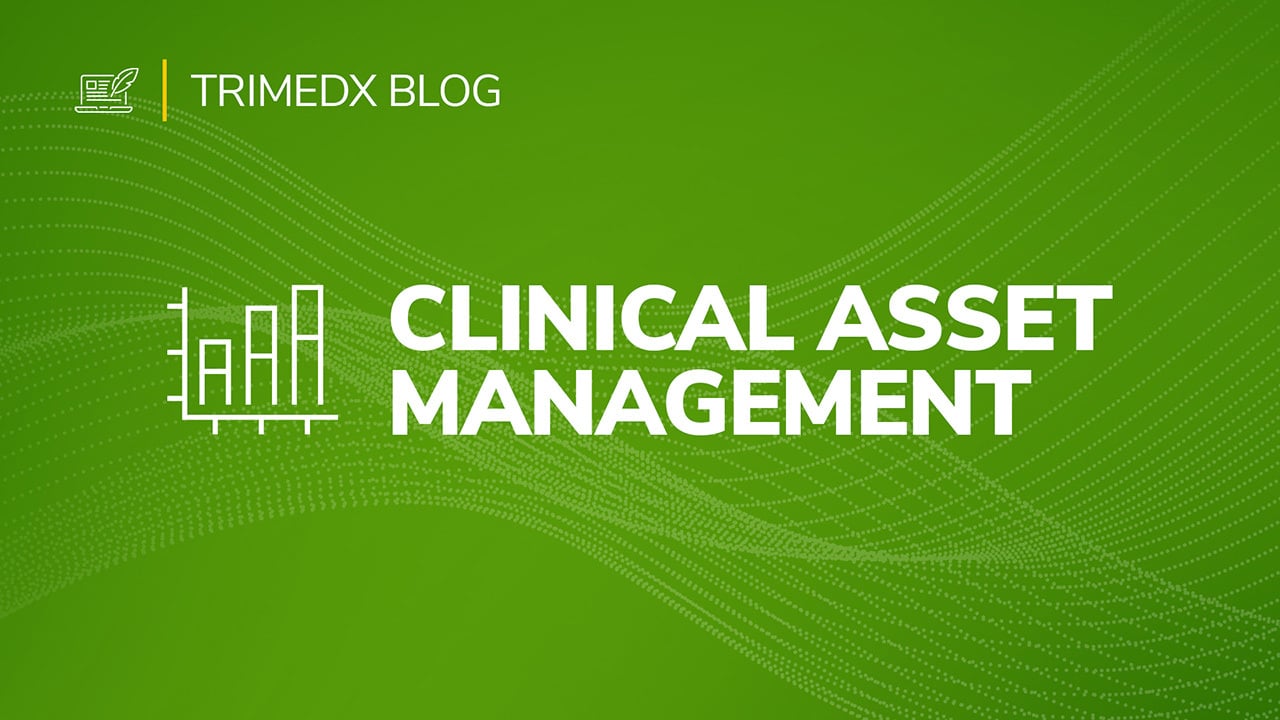Delivery of health care continues to evolve across the United States. With changes in reimbursement models and care increasingly shifting to alternate sites of care in the wake of COVID-19, health systems are being forced to find novel ways to continue to meet evolving patient demands while maintaining financial health.
Many health system executives are now asking themselves these critical questions in response to these increased operational and financial pressures:
- How can I save money by reducing expenses to improve operating budgets?
- How do I reduce my risk of a cybersecurity attack?
- How do I meet increasing patient care needs in the outpatient setting?
Unfortunately, it can be difficult to find the answers to these critical questions. There are numerous tools that executives have at their disposal to address these questions, but one that is frequently overlooked is clinical assets.
Harnessing the power of clinical assets
Clinical assets account for 25% of health system capital expenses on average, yet they are rarely leveraged to meet health systems’ operational and financial goals.
By harnessing the power of clinical assets, executives could drive financial savings through strategic replacement planning, intelligently redistribute assets to meet shifts in patient care and reduce the risk of cybersecurity threats on medical devices.
To start, health systems need visibility into their comprehensive medical device inventory. Then, to drive change and realization of organizational goals, health systems need a structure and prescriptive analytics solution that provides actionable insights.
Since TRIMEDX was founded in the 1990s, we have collected and managed data on over 4 million devices, accounting for 92% of medical equipment in use in the U.S. Our database is rich with valuable insights on device performance, utilization measurements, financial metrics and cybersecurity notices.
When aggregated into a single tool, our Clinical Asset Informatics platform empowers our clients to understand what devices they have in their inventory, ensure they have devices available to safely treat patients, reduce the risk of costly cybersecurity threats and more effectively plan for future equipment purchases.
Understanding the user experience
A tool is only as good as the user’s understanding of its capabilities and willingness to use it. While this collection of data and subsequent analysis is extraordinarily powerful, if the solution is too cumbersome or confusing, the end user will not use it.
Committed to developing innovative technology that empowers our clients with the data and transparency necessary to make strategic decisions, we knew we had to start by listening to our clients. We scheduled interviews with over 40 clients, including health system executives, clinical department heads and operational leaders to understand what challenges they faced in their roles and where there was opportunity to help them overcome obstacles with innovative technology.
Transforming descriptive data into prescriptive outcomes
Through these interviews we discovered that our clients needed help taking their data to the next level—to go beyond raw data points such has hard down hours, years until depreciation and device count ratios. What they were looking for were key insights that drive actionable outcomes in an easy-to-use platform that fit their daily job functions.
With prescriptive analytics such as multi-year replacement forecasts and cyber remediation action plans, built into simple data metrics cards, they would have clear visibility into the areas of their clinical assets that have opportunity for improvement. Built-in workflows between clinical engineering and leadership could aggregate and expose major opportunities for financial and operational improvement and monitor the progress through completion while tracking measurable outcomes.
Designed with clients in mind
Another discovery through client research was that certain job functions have different data needs from their clinical assets. With a unique user experience for key roles such at IT/IS, finance, operations and supply chain, the prescriptive insights can be customized to the specific questions they are looking to answer.
Finance executives may need data on CapEx budget forecasts and inventory cost trends—everything they need to support their strategic capital planning and equipment needs. Whereas an IT/IS persona may be focused on monitoring open vulnerabilities and remediation actions to help drive reductions in cybersecurity risk and improve patient safety.
Building towards success
To bring these insights to life, TRIMEDX engaged experts in software engineering, data intelligence and healthcare-focused digital design. We continued to collected client feedback through concept designs and site testing to ensure the solution not only met but exceeded their needs of a clinical asset informatics system that drives actionable and measurable outcomes. At TRIMEDX, it is our mission to continuously innovate and improve our solutions to help our clients achieve their goal of providing cost-effective and high-quality patient care.
